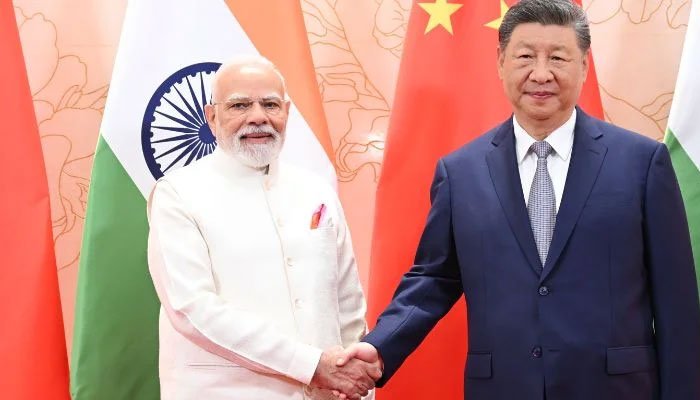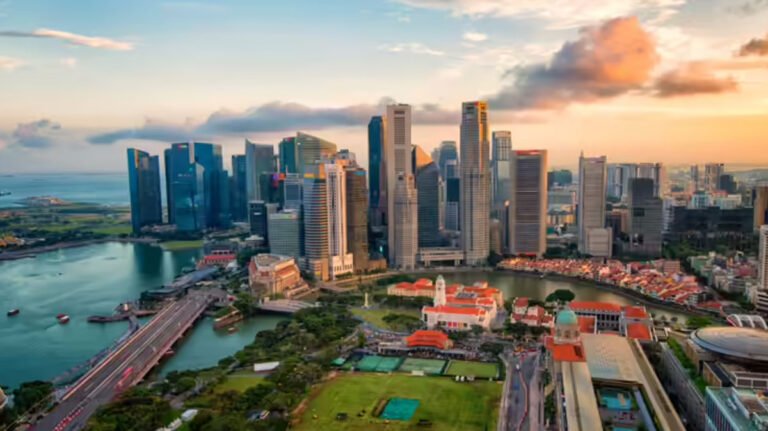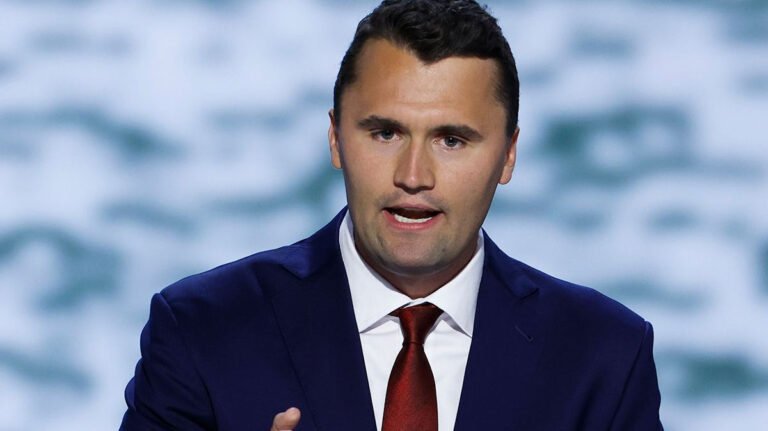Modi Turns to India: What’s Next for India-China Ties After US Rift? Indian Prime Minister Narendra Modi and Chinese President Xi Jinping have pledged to improve bilateral relations and deepen trade and investment cooperation. The leaders met on the sidelines of the Shanghai Cooperation Organisation (SCO) summit in China. This marks Modi’s first visit to the country in seven years and comes amid rising global tensions, especially after the U.S. imposed steep tariffs on Indian exports.
While earlier, US-India relations have hit a new low after President Donald Trump canceled his upcoming visit to New Delhi for the Quad Summit, The New York Times reported.
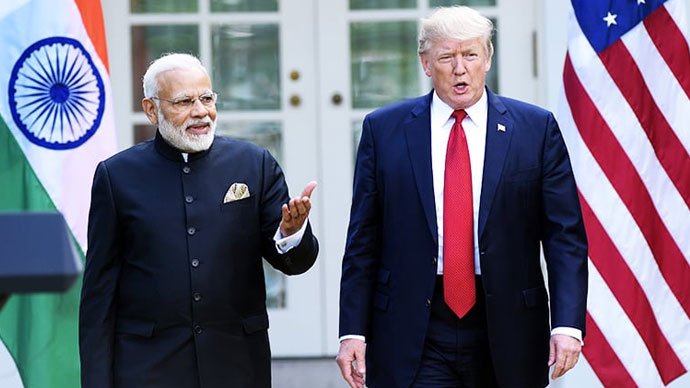
The meeting reflects renewed efforts to ease China-India tensions. Relations between the two nations have remained strained since the deadly border clashes in 2020. Both leaders acknowledged progress in creating a “peaceful and stable” atmosphere along the disputed 3,800-km Himalayan frontier. They agreed that border disputes should not define their overall relationship.
“We are committed to progressing our relations based on mutual respect, trust, and sensitivities,” said Modi during the talks.
The Modi government’s recent diplomatic pivot toward China marks a significant shift in regional geopolitics, especially after heightened tensions with the United States over tariffs and India’s oil trade with Russia. As Prime Minister Narendra Modi and President Xi Jinping meet to rekindle bilateral ties, both nations appear ready to set aside past hostilities — including the 2020 border clashes — in favor of strategic cooperation. With trade, investment, and border stability on the agenda, the future of India-China relations may enter a new phase, potentially reshaping the balance of power in Asia amid growing Western pressure.
Strategic Autonomy & Multilateral Challenges
Modi and Xi discussed cooperation on a range of global and regional issues. Topics included counterterrorism and fair trade in multilateral platforms. Modi emphasized that India and China maintain strategic autonomy. He added that their relationship should not be shaped by the interests of a third country — a likely reference to the United States.
Trade & Investment: A Central Focus
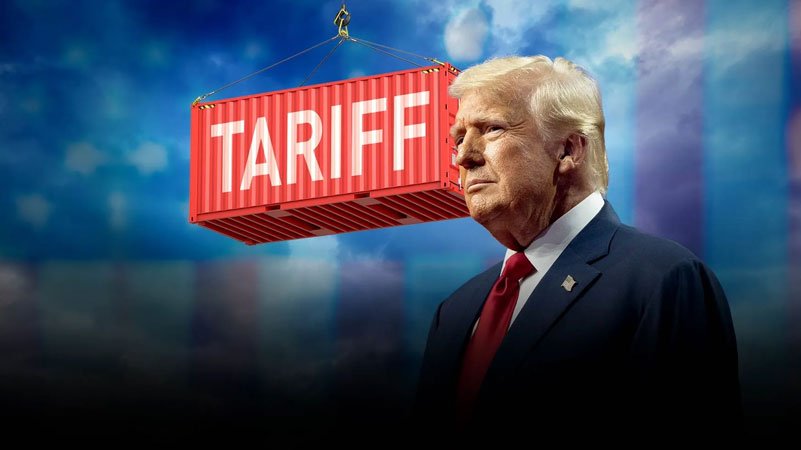
India raised concerns over its growing trade deficit with China, which has reached a record $99.2 billion this year. Both sides agreed to deepen trade ties through a “political and strategic” approach that could help balance economic flows.
China has recently lifted export restrictions on key goods such as rare earths, fertilizers, and tunneling machinery. Direct flights between the two nations, suspended since 2020, are also set to resume soon.
Xi echoed a cooperative tone, saying:
“We must not let the border issue define the overall China-India relationship… If we view each other as partners instead of rivals, our ties can be stable and far-reaching.”
Standing Together Against Western Pressure
The talks came days after Washington imposed 50% tariffs on Indian goods, citing New Delhi’s ongoing oil trade with Russia. Both leaders seemed to align in resisting what they see as Western pressure. Earlier this month, China’s Ambassador to India, Xu Feihong, stated that Beijing “firmly stands with India” on the tariff issue.
The SCO summit also saw participation from Russia, Central Asian states, and leaders from the Middle East. Analysts see the event as a display of Global South solidarity in a changing global order.
Lingering Points of Tension
Despite warming ties, challenges remain. India remains concerned about a planned Chinese mega-dam in Tibet, which could significantly reduce Brahmaputra River flows during dry seasons. Official estimates warn of up to an 85% drop.
India’s hosting of the Dalai Lama, whom Beijing sees as a separatist, continues to irritate China. Beijing’s unwavering support for Pakistan in economic and defense matters adds further strain to India-China ties.
A Long Road Ahead
Experts believe that the path to full normalization between the two powers remains complex and fragile.
“Both India and China are engaged in what is likely to be a lengthy and fraught process of defining a new equilibrium in the relationship,” said Manoj Kewalramani, a foreign policy expert at the Takshashila Institution.
While the meeting offers a potential turning point, lasting progress will depend on open dialogue, mutual trust, and consistent diplomatic engagement.
